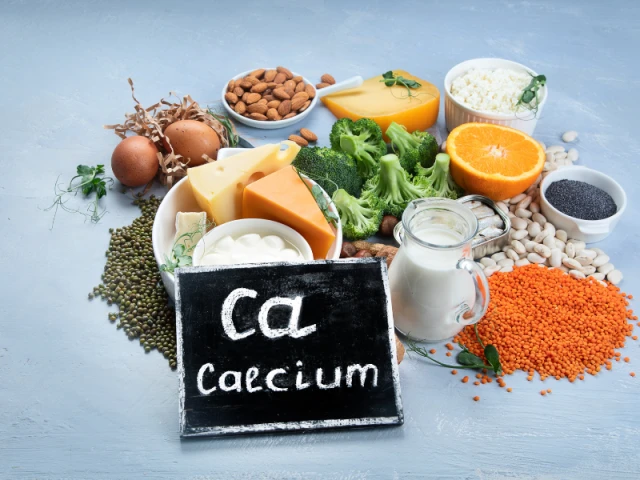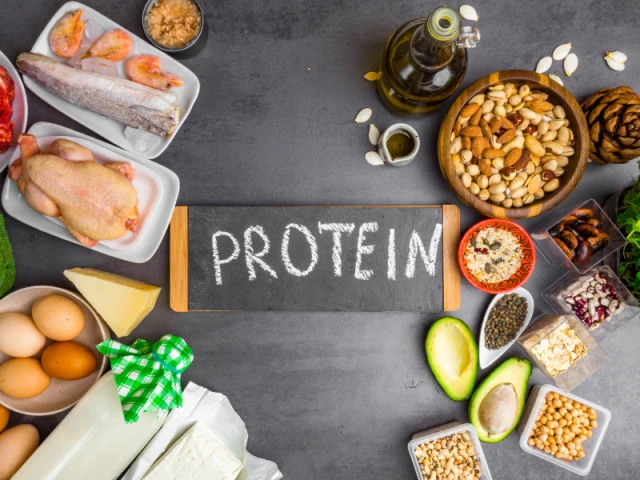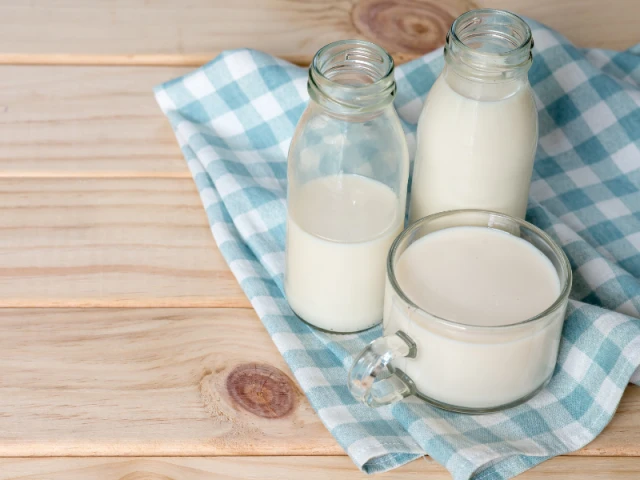
Colostrum is compared to the first "nutritious gift" that nature bestows upon life, the pale yellow drops with essential nutrients containing immune and growth factors that the mother produces during the first few days after birth, helping to protect and support the healthy development of the newborn's body against external factors in the early stages of life [3].
The research and use of colostrum
Throughout human history, there have been many records of the supporting role of bovine colostrum for human health, such as in ancient cultures like Egypt, Scandinavia (Norway), India, and Ayurvedic physicians who used bovine colostrum as a source of nutrition that supports physical and spiritual treatment, especially for children and the elderly for over 2,000 years since cattle were domesticated. The Scandinavians and some other countries like England, Sweden, and the Netherlands also use colostrum to make pudding cakes to celebrate the birth of a healthy calf [1].
Today, along with the development of nutrition science and medicine, the awareness of protecting human health is increasingly enhanced against the threat of infectious diseases, autoimmune diseases. Scientists have begun to study more in-depth the nutritional components and benefits of bovine colostrum for human health since the late 18th century.
In 1799, Dr. Christopher Hufeland studied the effect of colostrum on the health and development of newborn calves. He concluded that calves that did not drink colostrum had a much higher mortality rate due to a weakened immune system [3]. At that time, his discovery laid the foundation for the use of colostrum, one of the precious gifts to maintain health and youth [1].
By the early 20th century, it was recognized that colostrum contains significantly higher levels of antibodies than regular milk, and has specific properties for body protection. In the 1950s, Dr. Albert Sabin successfully isolated and separated antibodies from colostrum, and was credited with developing the first immune-based oral polio vaccine.
In 1963, Campbell and Peterson were the first to propose a preventive vaccination program for cows with a mixture of weakened disease pathogens before they gave birth. Colostrum obtained from vaccinated cows is called hyperimmune colostrum. The use of hyperimmune colostrum has been successfully demonstrated in preventing and treating intestinal diseases caused by E. coli infection, rotavirus in infants, and Cryptosporidium infections in patients with AIDS and other immunocompromised patients, preventing dental caries and other infectious diseases.
In 1992, Kummer was the first to demonstrate that colostrum from non-vaccinated cows could prevent digestive disorders in infants. Later, in 1998, McConnell and colleagues showed that colostrum from non-vaccinated cows raised on natural pastures still produced equivalent levels of antibodies as vaccinated cows.
Research on colostrum did not stop there, with over 2000 scientific articles and in-depth studies published to date demonstrating the safety and effectiveness of using bovine colostrum to support prevention and treatment without specific species specificity. With key nutrients containing immune factors and natural growth factors, colostrum has the ability to support and maximize the body's natural immune response.
From the health benefits it provides, colostrum has proven to be one of the precious gifts of Mother Nature for us!
- References: Dr. Zoltan P. Rona MD MS, “Bovine Colostrum, Immunity & the Aging Process”
- Clark, Daniel G. and Wyatt, Kaye (2010), “Colostrum, Life’s First Food”;
- Conte, F. and Scarantiono, International Food Research Journal 20 (2): 925-931 (2013), “A study on the quality of bovine colostrum: physical, chemical and safety assessment”;
- https://www.linkedin.com/pulse/colostrum-healing-miracle-david-w-parker
- http://www.colostrumresearch.org/Colostrum_Info/colostrum_history.html
- Campbell, B. and W.E. Petersen (1963), “Immune Milk. A historical survey”. Dairy Sci., 25: 345-358
 Vietnamese
Vietnamese English
English




